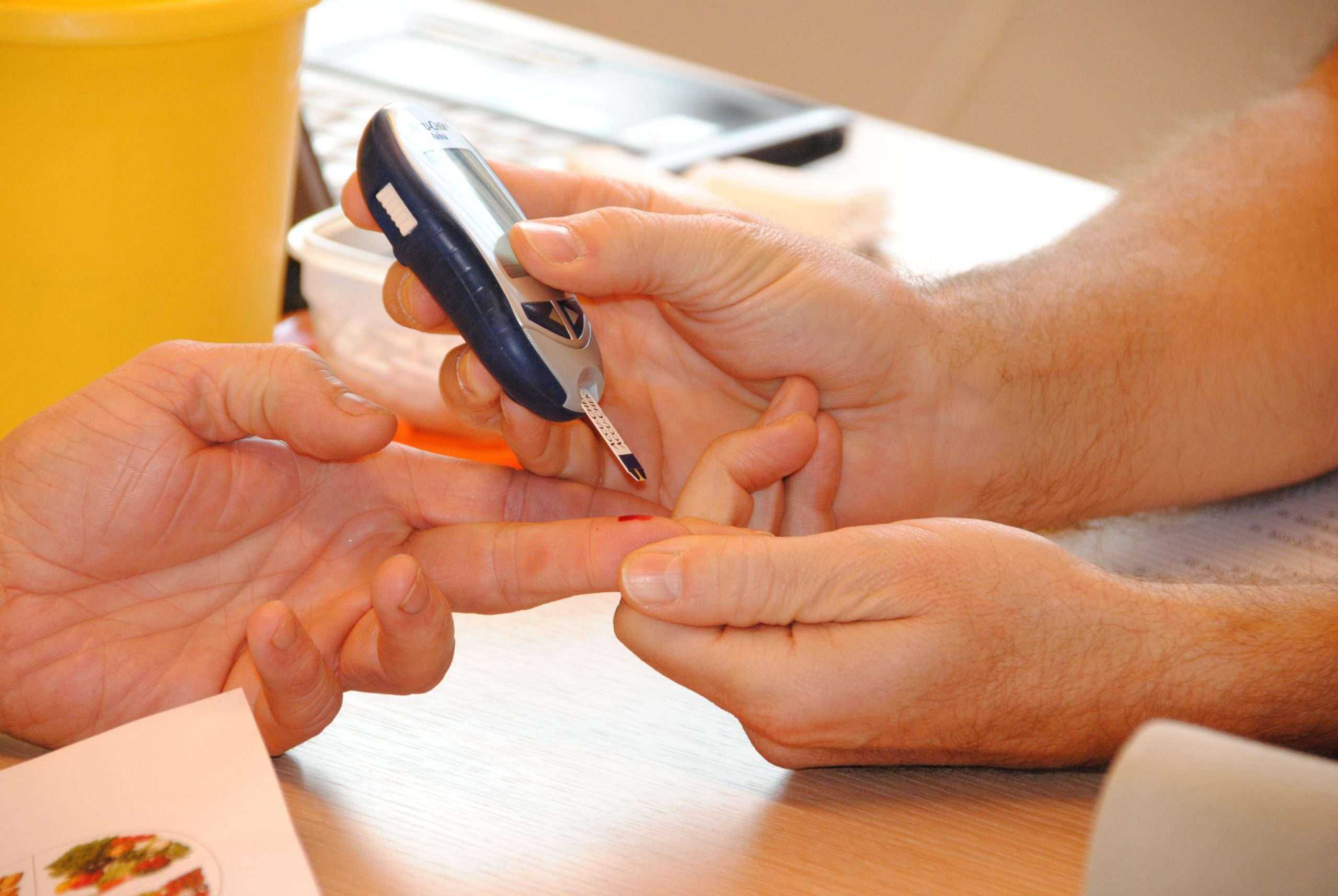BY W. GIFFORD- JONES MD & DIANA GIFFORD-JONES
Pre-diabetes is like an alarm clock. You can hit the snooze button and go back to sleep. Or you can use it as a signal to get up and get active.
But what exactly is pre-diabetes, and how do you know if you have it? The condition occurs when blood sugar levels are consistently higher than normal, but not yet to the level for diagnosis as type 2 diabetes.
High blood sugar is caused when cells can’t respond normally to insulin, a hormone made by your pancreas that acts like a key to let blood sugar into cells for use as energy. Higher demands to make more insulin overwhelm the pancreas, leading to pre-diabetes.
A 2019 study showed that “Among Canadians 20-79 years of age, 12.4% had pre-diabetes, and 7.5% had diabetes. Among all diabetes cases, 37.3% were undiagnosed.”
In the U.S., the Centres for Disease Control report, “Approximately 88 million American adults, more than 1 in 3 have pre-diabetes. Of those with pre-diabetes, more than 84% don’t know they have it.”
A simple blood test is all that is needed to diagnose the problem.
Knowing you have pre-diabetes is critically important. It provides time to get serious about preventing full-blown disease with all the complications. Pre-diabetes signals risk of type 2 diabetes, but also heart disease and stroke. Prevention will always be better than cure, particularly when it’s possible to reverse circumstances with lifestyle changes.
Isn’t this better than facing a lifetime on insulin and prescription drugs that bring all kinds of unhealthy side effects?
Hearing the cold truth can be helpful. As one patient reported, “I was shocked. My doctor had been warning me for a while that my blood glucose was getting higher but now, I had a sense of reality about it.”
Nonetheless, be wary of the doctor. There’s a tendency for doctors to default to drug prescriptions when common sense changes to lifestyle would reverse the problem.
First, cut excess sugar from the diet. That means, no more soft drinks, candy, sweets and baked goods. Look at labels to identify sugars where you might not expect them. Reduce portions at mealtimes.
Second, commit to a regular exercise program and adopt a new mindset about everyday opportunities to be active like walking instead of driving and taking the stairs instead of escalators and elevators.
Third, ask family members and friends to support you. Use one of the many apps freely available to help you monitor your progress.
Despite this simple formula for reversing the onset of type 2 diabetes, the news is not good. Studies show up to 30% don’t make lifestyle changes and eventually develop type 2 diabetes.
It is a huge mistake to do nothing. Calorie reduction and exercise can decrease the risk of type 2 diabetes by 59% over a three-year period, according to one study. People report that their knees, feet, and back feel better. Anxiety levels go down. Benefits also include a decreased risk of heart attack, stroke, kidney failure, blindness, foot damage and possibly Alzheimer’s disease.
In the final two columns of this series, we’ll share information on “glycemic control”, another term for managing your blood sugar levels within a healthy range. New natural products are available that offer a complementary approach to diet and exercise and research shows remarkable results.
Samuel Johnson once remarked, “Nothing sharpens the wit so much as the knowledge you’re going to be hanged in the morning.” So, remember, if a doctor says, “Your blood sugar is borderline for diabetes,” it’s a stark pre-disease warning. You should do something about it before it’s too late.
Stay in the loop with exclusive news, stories, and insights—delivered straight to your inbox. No fluff, just real content that matters. Sign up today!
Dr. W. Gifford-Jones, MD is a graduate of the University of Toronto and the Harvard Medical School. He trained in general surgery at Strong Memorial Hospital, University of Rochester, Montreal General Hospital, McGill University and in Gynecology at Harvard. His storied medical career began as a general practitioner, ship’s surgeon, and hotel doctor. For more than 40 years, he specialized in gynecology, devoting his practice to the formative issues of women’s health. In 1975, he launched his weekly medical column that has been published by national and local Canadian and U.S. newspapers. Today, the readership remains over seven million. His advice contains a solid dose of common sense and he never sits on the fence with controversial issues. He is the author of nine books including, “The Healthy Barmaid”, his autobiography “You’re Going To Do What?”, “What I Learned as a Medical Journalist”, and “90+ How I Got There!” Many years ago, he was successful in a fight to legalize heroin to help ease the pain of terminal cancer patients. His foundation at that time donated $500,000 to establish the Gifford-Jones Professorship in Pain Control and Palliative Care at the University of Toronto Medical School. At 93 years of age he rappelled from the top of Toronto’s City Hall (30 stories) to raise funds for children with a life-threatening disease through the Make-a-Wish Foundation. Diana Gifford-Jones, the daughter of W. Gifford-Jones, MD, Diana has extensive global experience in health and healthcare policy. Diana is Special Advisor with The Aga Khan University, which operates 2 quaternary care hospitals and numerous secondary hospitals, medical centres, pharmacies, and laboratories in South Asia and Africa. She worked for ten years in the Human Development sectors at the World Bank, including health policy and economics, nutrition, and population health. For over a decade at The Conference Board of Canada, she managed four health-related executive networks, including the Roundtable on Socio-Economic Determinants of Health, the Centre for Chronic Disease Prevention and Management, the Canadian Centre for Environmental Health, and the Centre for Health System Design and Management. Her master’s degree in public policy at Harvard University’s Kennedy School of Government included coursework at Harvard Medical School. She is also a graduate of Wellesley College. She has extensive experience with Canadian universities, including at Carleton University, where she was the Executive Director of the Global Academy. She lived and worked in Japan for four years and speaks Japanese fluently. Diana has the designation as a certified Chartered Director from The Directors College, a joint venture of The Conference Board of Canada and McMaster University. She has recently published a book on the natural health philosophy of W. Gifford-Jones, called No Nonsense Health – Naturally!












